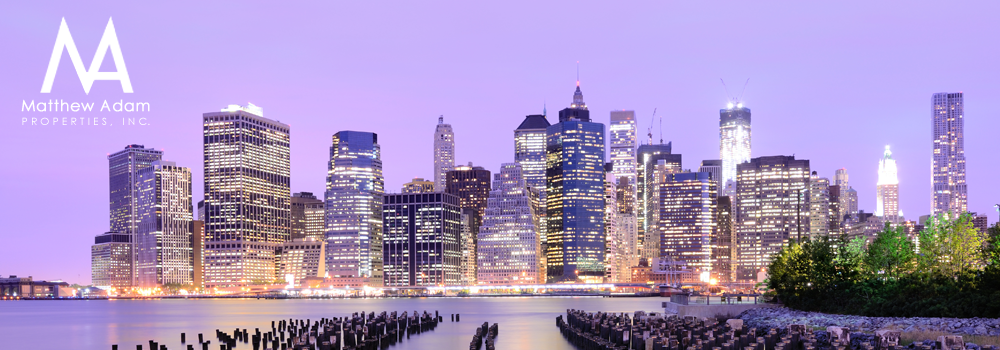This is the time of the year, said Ira Meister, founder and CEO Matthew Adam Properties, Inc., when most co-ops and condos are working on or have just completed their budgets for the coming year. Most of the budget is consumed by fixed costs for labor, energy, property taxes (for co-ops) and other items including insurance.
The city has not set its tax rate for the coming year, but it usually goes up, and oil costs have increased, though natural gas prices remain low.
One area that will experience an increase is insurance costs. Robert Owens, president of the Owens Group, a leading insurance broker for the residential multi-family community, projects insurance premiums will increase approximately 5-7 percent for accounts with a good claims record and 10-15 percent for those with more claims.
Owens noted that insurance rates have remained stable or decreased since 2005 in a historically cyclical industry. Several factors come into play for the increase.
“Investment income is the bedrock of the insurance industry,” Meister said, “and with the low interest rates we have seen in the past few years, the companies have not had the income to offset the claims and help them make a profit.” He said this has put a squeeze on some insurance companies.
The horrendous weather in the past year is also having an impact on the rates. Residents of the tri-state region lived through the “freaky” October storm in 2011, Hurricane Irene and for the first time in memory, a string of tornadoes. “While the insurance carriers look at the nation as a whole in determining rates, they also balance that with their loss ratio in various regions and many carriers have lost money in our region over the past 18 months,” Meister said.
Meister noted that shareholders and unit-owners looking at past budgets may see an increase in the premiums in recent years, but, in fact, the rate was lower. This was due to banks placing more stringent requirements on properties when they refinanced and requiring more insurance coverage, thus raising the premiums, while lowering the rates. “Now, the rates are going up,” Meister said.
